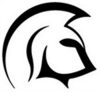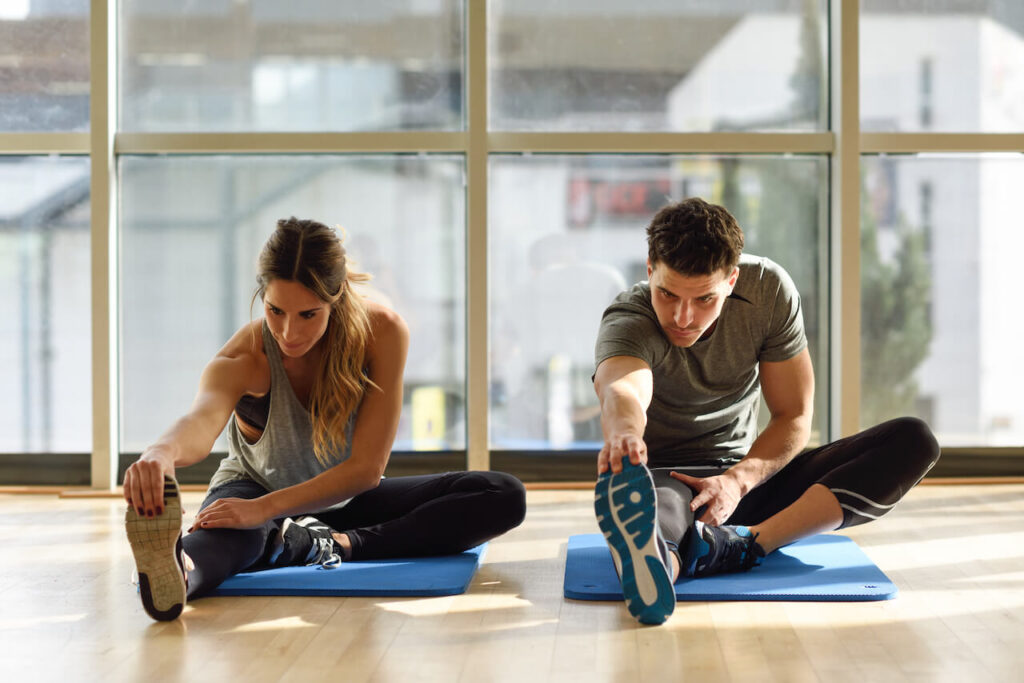You hit 40 and suddenly your back talks back, your knees pop like bubble wrap, and recovery feels like it takes a week. Sound familiar?
Here’s the truth—just because you’re over 40 doesn’t mean your best fitness years are behind you. In fact, this can be the decade you get stronger, move better, and feel more energized than you did in your 20s. But it does take a smarter, more intentional approach. As a personal trainer and nutritionist, I’ve worked with hundreds of men and women in their 40s, 50s, and beyond. And I can tell you this: you don’t need to slow down—you need to train smarter.
Let’s break down how to exercise over 40 without breaking yourself, using clear language, science-backed strategies, and motivation you can actually apply.
Why You Should Work Out Over 40
1. Muscle Loss Begins Around 30
Once you hit your 30s, you start losing about 3–5% of muscle mass per decade if you’re inactive—a condition called sarcopenia. Muscle isn’t just about strength or aesthetics; it’s your metabolic engine. It burns calories, supports your joints, and helps regulate blood sugar.
Strength training combats muscle loss and keeps your metabolism humming well into your later years.
2. Bone Density Starts to Drop
Especially for women entering menopause, bone density declines rapidly after 40. Weight-bearing exercises (like walking, resistance training, and bodyweight movements) help stimulate bone growth and reduce the risk of osteoporosis and fractures.
3. You Can Still Build Muscle and Burn Fat
Contrary to what you’ve heard, your body can still adapt. You can build strength, lose belly fat, and increase energy. You just need to respect recovery, mobility, and volume more than your 25-year-old self did.
Pros of Training Over 40 (When Done Right)
- Better energy and mood
- Improved joint function and posture
- Increased metabolism and fat loss
- Reduced risk of chronic diseases (heart disease, type 2 diabetes, etc.)
- Better sleep and stress management
But let’s be honest—the cons show up quick when we push too hard:
- Slower recovery
- Increased injury risk (especially in joints, tendons, and lower back)
- Mobility limitations from past wear and tear
- Less hormonal “buffer” for overtraining
So how do we train effectively without inviting injury or burnout?
The Key: Train Smart, Not Just Hard
1. Master Basic Body Mechanics First
Before throwing around heavy weights or chasing high-intensity routines, focus on movement quality. That means:
- Hinging properly at the hips (e.g., deadlifts, kettlebell swings)
- Squatting with knees aligned and spine neutral
- Pushing and pulling with stable shoulder blades
- Bracing your core during lifts
When your form is off, especially over 40, the compensation patterns add up fast—usually ending in lower back pain, knee discomfort, or shoulder issues.
Start here:
- Bodyweight squats
- Glute bridges
- Wall push-ups or incline push-ups
- Bird dogs and dead bugs for core control
These movements train your stability and muscle coordination before adding load.
2. Understand the Physiology: What’s Really Changing?
- Hormones: Testosterone, estrogen, and growth hormone decline. These changes impact recovery and muscle-building speed. You can still make gains—just don’t expect overnight miracles.
- Tendons and ligaments: Less elastic and more injury-prone as we age. Warm-ups and mobility drills are no longer optional—they’re non-negotiable.
- Recovery capacity: In your 20s, you could hammer a brutal workout, sleep four hours, and feel fine. Over 40? You’ll feel it for days. Recovery strategies (sleep, nutrition, hydration, rest days) are just as important as your workouts.
3. Train with Intensity—but Respect Volume
You don’t need to crush yourself for 90 minutes to get results. In fact, too much volume with too little rest can tank your progress. Think effective doses:
- 3–4 strength sessions per week (30–45 minutes)
- 2–3 sessions of low-impact cardio (walking, biking, swimming)
- Daily movement like walking or stretching
Strength training is your foundation. Add cardio to support heart health and fat loss, but don’t make it your only tool.
4. Mobility and Recovery: The New Superpowers
As we age, flexibility and joint health become vital. Spend 5–10 minutes a day doing simple mobility work:
- Foam rolling tight areas (quads, glutes, upper back)
- Dynamic warm-ups before workouts (leg swings, arm circles)
- Static stretching post-workout or in the evening
Recovery-wise:
- Aim for 7–9 hours of quality sleep
- Stay hydrated
- Fuel with enough protein to repair tissue (aim for 0.6–1g per pound of body weight)
5. Don’t Compare to Your 25-Year-Old Self
That guy or girl had a different body. It doesn’t matter if you could bench 225 or run a 6-minute mile back in the day. What matters is how your body feels now, and what it needs now. Your journey is not about chasing old numbers—it’s about building new standards.
Real-Life Example: Meet Mike, 48
Mike came to me after years of starting and stopping fitness programs. He felt stiff, had low energy, and was 25 pounds over his goal weight. He thought he had to do bootcamps to get results. Instead, we built a 4-day-per-week routine:
- Two 40-minute strength sessions
- Two brisk walks per week
- Daily foam rolling and evening stretches
In six months, Mike lost 18 pounds, got stronger, and finally moved without pain. He didn’t burn out—he built a system that respected where he was.
Final Thoughts: You’re Not Broken—You’re Just Wiser
Over 40 is not the end of your fitness story—it’s just a new chapter. You’re more aware, more intentional, and more in control. You don’t need to prove anything to anyone. Your workouts now are about function, freedom, and feeling good in your body.
So, yes—you absolutely should be training. But do it on your terms. With your physiology in mind. With grace and consistency. Your body is still capable of greatness. Let’s just treat it like the experienced machine it is.
Ready to get started? You don’t need fancy equipment. Just start moving, one smart step at a time. And if you want help building a custom plan that works with your body, I’m here to guide you.

